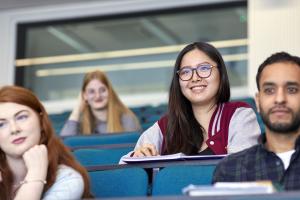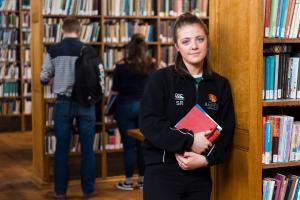How to Apply
See what you need to do to apply for a place on our undergraduate courses.
Fees and Finance
Learn more about our tuition fees and living costs so you can plan your budget and apply for finance.
Accommodation
Our vibrant student villages and award winning halls will be your home away from home.
Order a Course Guide
Learn more about Bangor University.
Part-time
If you're looking for flexibility, our part-time study programmes allow you to take your time.
Study Abroad
See where in the world your degree can take you.
Work Placements
Gain transferable skills and set yourself apart from other applicants with our work placement programme.
Mature Students
Find out more about the support we have on offer for our mature students at Bangor.









